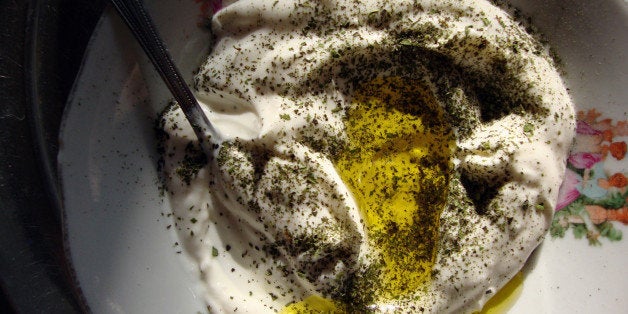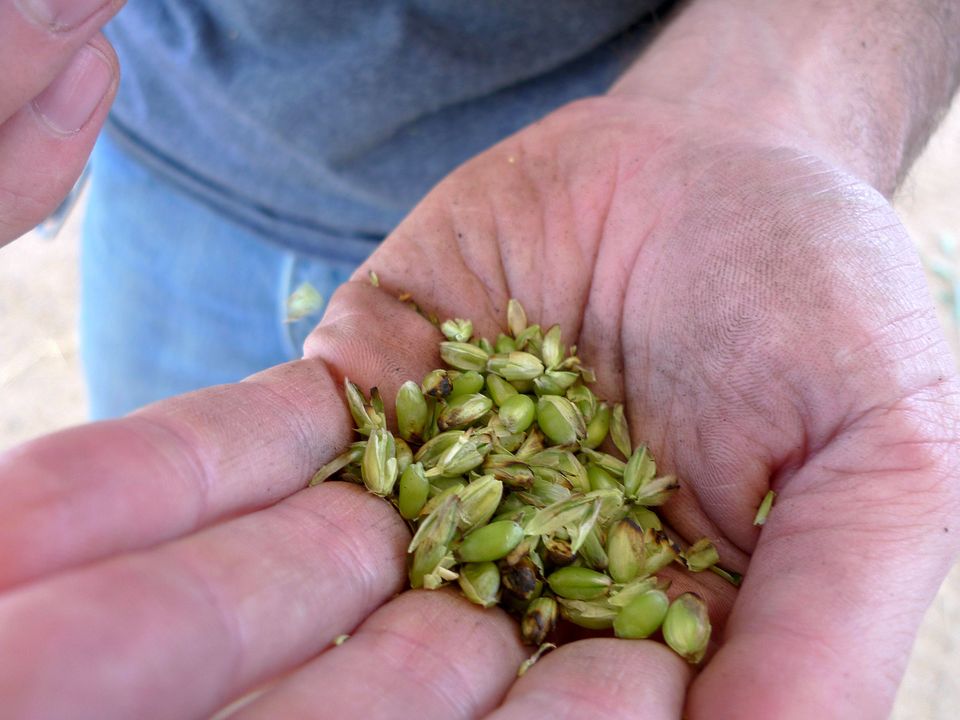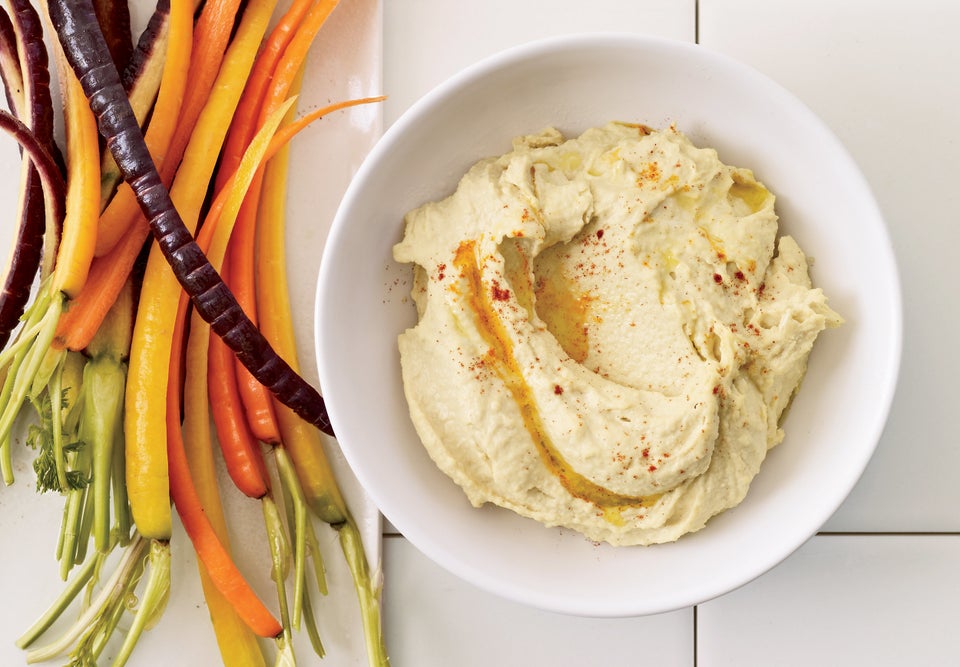
It's been about a year since Yotam Ottolenghi's latest cookbook, Jerusalem, was the talk of the town. Every food media outlet touted its high graces for a long while after its release -- and with good reason. This cookbook is a masterpiece. It appeals to everyone -- meat lovers, vegetarians and those looking to explore new flavors in their home cooking -- and it promises excellent meals every time. Jerusalem is one of those cookbooks that will surely stand the test of time.
Here we are over a year later, and we're still in love with this cookbook. As good as Plenty was -- Ottolenghi's first big splash -- Jerusalem is that much better. But as we found ourselves leafing through the tome yet another time, we realized that there were (not surprisingly) a lot of exotic ingredients that many of us don't keep stocked in our pantry. And, quite possibly, a good amount of those which many home cooks have likely never even heard of.
To ensure that all of you out there who own and love Jerusalem are getting the most of your treasured cookbook, we've put together a quick glossary defining some of the lesser-known, yet incredibly important ingredients that make a frequent appearance in the book. We wouldn't want you to miss out on the shakshuka just because you have no idea what labneh is. Let's get to it.










